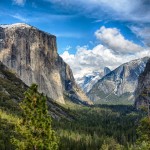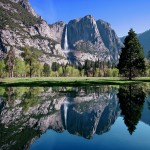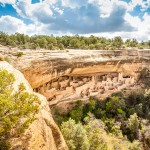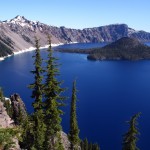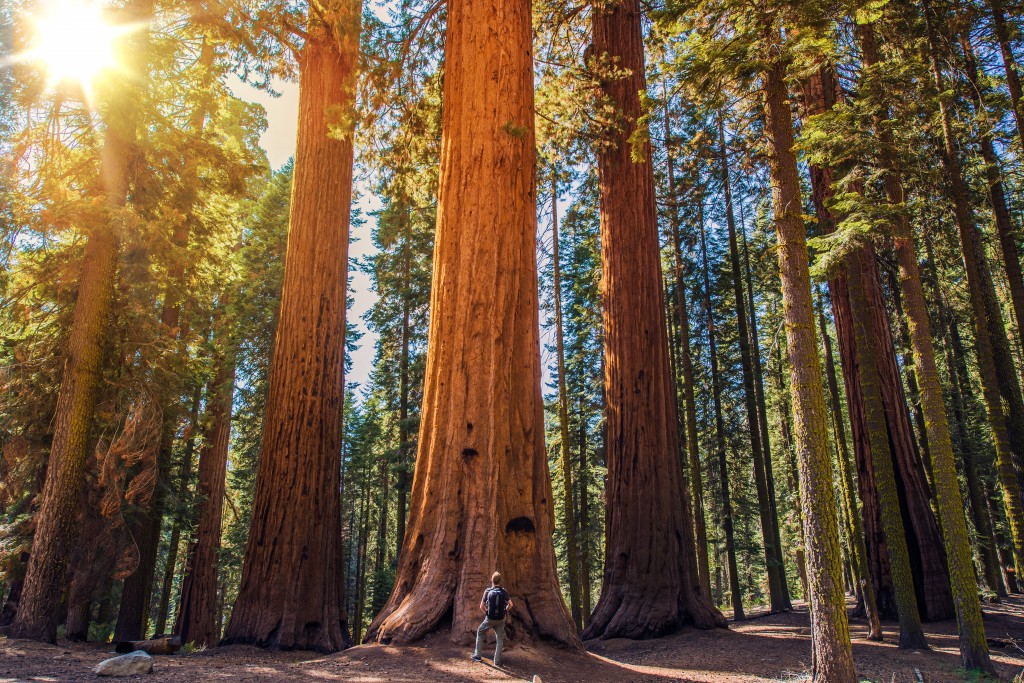Game wardens in Vermont this spring are on careful watch during what is usually prime ice fishing season in the Green Mountain State as unseasonably warm weather has led to dangerously thin ice on lakes around the region. Vermont Fish and Wildlife has issued warnings to the public after a man fell through the ice on Lake Willoughby near Westmore and drown.
Checking ice and keeping ice fisherman safe is nothing new for game wardens across the northern tier states of the United States, but usually their concerns come early and late in the season, as ice is forming and melting in early and late winter.
But atypically warm winters and other unusual climatological events may become increasingly common as the effects of global climate change continue to advance. Game wardens across the country are already having to adjust to this new reality and will continue to have to adapt as conditions affecting the ecosystems they manage undergo unpredictable changes.
In the North, Climate Change is Already Here
If melting ice is a problem in Vermont and other places in the lower 48 states, it’s closer to a catastrophe in Alaska, where some of the most dramatic effects of global warming are already being felt.
The state’s vast swaths of permafrost, soil that had remained frozen year-round for decades, are beginning to melt and iced over rivers are breaking up months earlier than their historical norms. Temperatures in the state have increased, on average, by three degrees over the past sixty years, approximately twice the rate of the lower 48. Glaciers and lakes in the southern part of the state are shrinking, reducing breeding habitat for many migratory birds… effects that will be felt in lower bird populations across the U.S. and Canada.
The issues have been sufficiently alarming that the Alaska Department of Fish and Game began developing a Climate Change Strategy as far back as 2010. The strategic plan identifies a number of areas of concern:
- Altered hydrologic conditions, driving fish species into different locations as their habitat changes, and potentially increasing the susceptibility of native species to encroachment by invasive species.
- More severe fire regimes, increasing in quantity and acreage, displacing some terrestrial species (such as woodpeckers, which depend on old growth stands of timber) while drawing in others (such as moose, which find easier foraging opportunities in burned-out areas).
- Altered sea ice conditions, creating issues for certain migratory fish species and pinnipeds.
- Introduction of potential asynchronies between predator and prey species.
The document anticipates challenges in regulatory structures that have been designed for current conditions (such as fishing and hunting seasons which may no longer coincide with ideal harvest times) as well as identifying potential opportunities that come with the changes: for example, a permanent retreat in sea ice in the Bering Sea could open up new fisheries.
The strategy outlines research and observation the department will engage in, as well as putting game wardens on notice to look out for and track developments in their areas of responsibility that may require adjustments to regulation or enforcement procedures.
Game Wardens Across the Country Can Expect New Issues to Arise
Although the changes are being driven by a gradual rise in overall temperatures worldwide, that doesn’t necessarily mean that every area will experience warmer temperatures. Instead, it means that the engine that drives weather systems, heat, will be kicking into overdrive. This can result in more rain and cooler temperatures in some regions even as other areas experience record temperatures and drying conditions. Much of the concern over climate change comes from the unpredictability of regional effects even as the overall rise of heat energy in the system is carefully charted.
In the Pacific Northwest, for example, rainfall totals are expected to increase as a result of climate change. For much of the American southwest, weather patterns creating lower snowpack levels and less precipitation are expected to increase drought conditions over the coming century.
In California, a state with more people in it than the entire country of Canada, game wardens are having to cope with population pressures on top of climatological challenges. As the state enters its fifth year of severe drought, wardens are kept busy monitoring lakes and streams at historically low water levels to respond with fish rescue or restoration projects to protect threatened populations. Fish habitat is in direct competition with thirsty citizens throughout the state.
And in suburbs throughout the state, game wardens are finding themselves spending more time patrolling city streets than the back woods as cougars, bears, and other high country animals are increasingly being pushed toward human habitation as drought-damaged ecosystems decrease their available food sources. In 2014, wildlife officials in Kern county received 1,400 bear calls between June and December—more than the total number the county had received in the entire 20 year span leading up to 2013.
How Game Wardens Respond May Determine the Future of Species
Many game wardens across America can expect their future work to look much like it currently does in California.
Policing the Urban Interface
Species displaced from their natural habitat are likely to continue to move toward human habitation, even as cities increasingly expand into the surrounding wilderness. This will lead to inevitable conflicts between the two, conflicts that only game wardens have the specialized training to deal with.
Wardens can expect to have a role both in educating humans living in these interface areas and managing the occasional intrusions made by wild creatures. In many cases, adaptations may lead to long-term accommodation, with animals such as coyotes, deer, and cougars residing more or less permanently within predominantly human areas. This is already occurring in places as urban as Los Angeles and Phoenix.
Triaging Afflicted Species and Managing Recovery and Preservation Efforts
Game wardens keep a finger on the pulse of local species populations through observation and careful tracking. They will be among the first public servants to identify species that are starting to experience difficulties due to environmental changes.
As the primary managers of these populations, it will largely be up to wardens, then, to undertake the projects necessary to preserve or protect them. In cooperation with the National Oceanic and Atmospheric Association and the Bureau of Reclamation, for example, California is taking steps to increase cold water storage and stream flow rates for breeding streams used by salmon and steelhead in an attempt to preserve those stocks.
Similar projects may be necessary across the country for both fish and game populations in response to threatened habitat. In many cases, game wardens will be responsible for managing the habitat and providing other types of assistance to affected species.
Educating Citizens On Changing Game Populations and Collection Seasons
Any veteran game warden knows that dealing with wildlife is the smallest part of the job, though. Managing hunters, fishermen, and other recreational human users is the larger challenge.
It will be up to game wardens to explain changes in the environment that require new standards for stewardship, altered hunting and fishing seasons, and changes in the permitted limits and methods that may be required for species management.
The changing environment will not have solely negative effects on all species, however. As conditions become worse for one species, they may well improve for another. This can lead to overpopulation that may require control efforts. These changes, too, will have to be communicated to the community and managed by game wardens.
Climate change is a freight train that won’t stop on a dime, so many of these effects are inevitable (if unpredictable). Game wardens will be on the front lines when it comes to coping with them, and will have to remain creative and alert to protect the environment, wildlife, and people.






